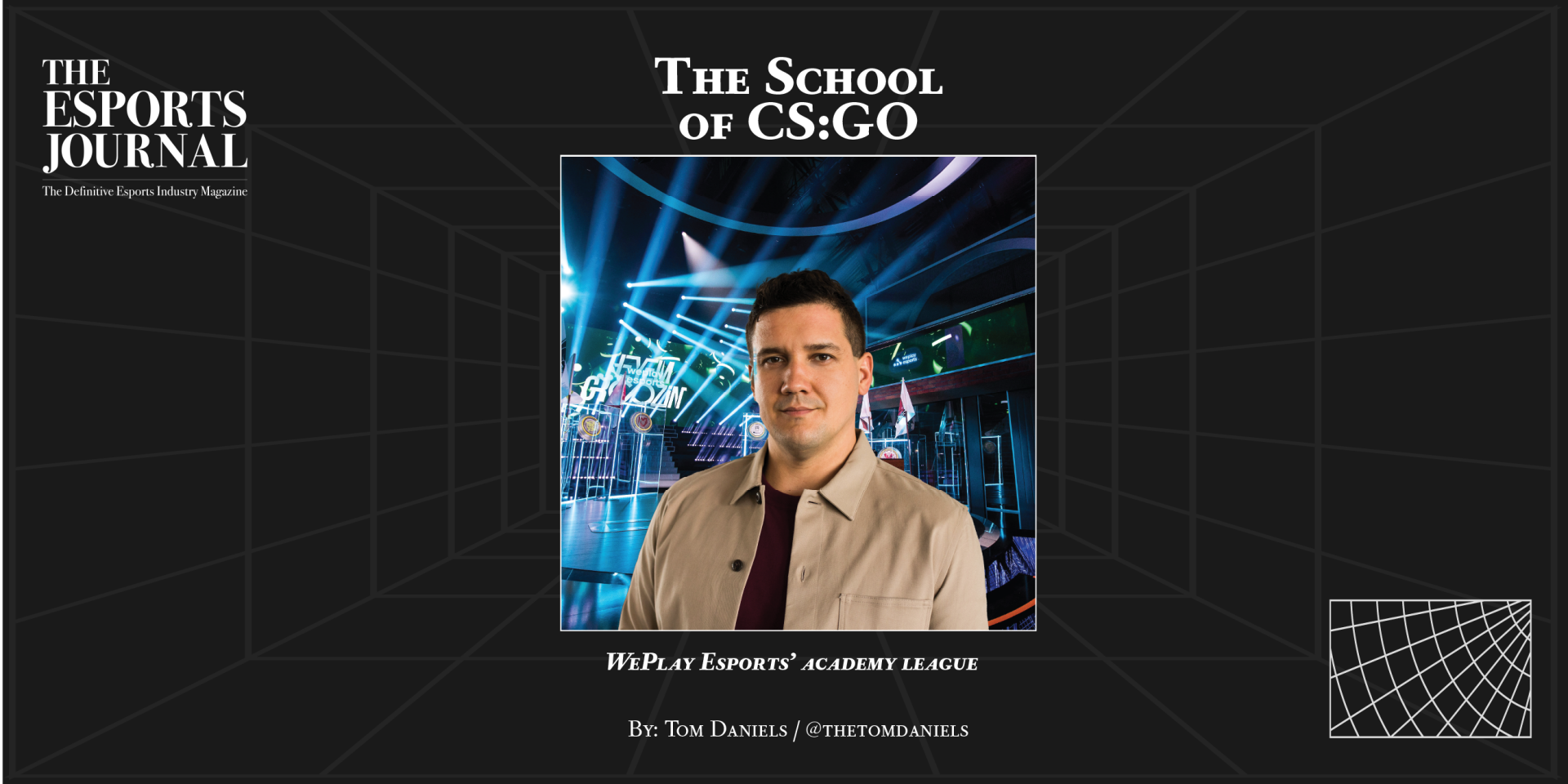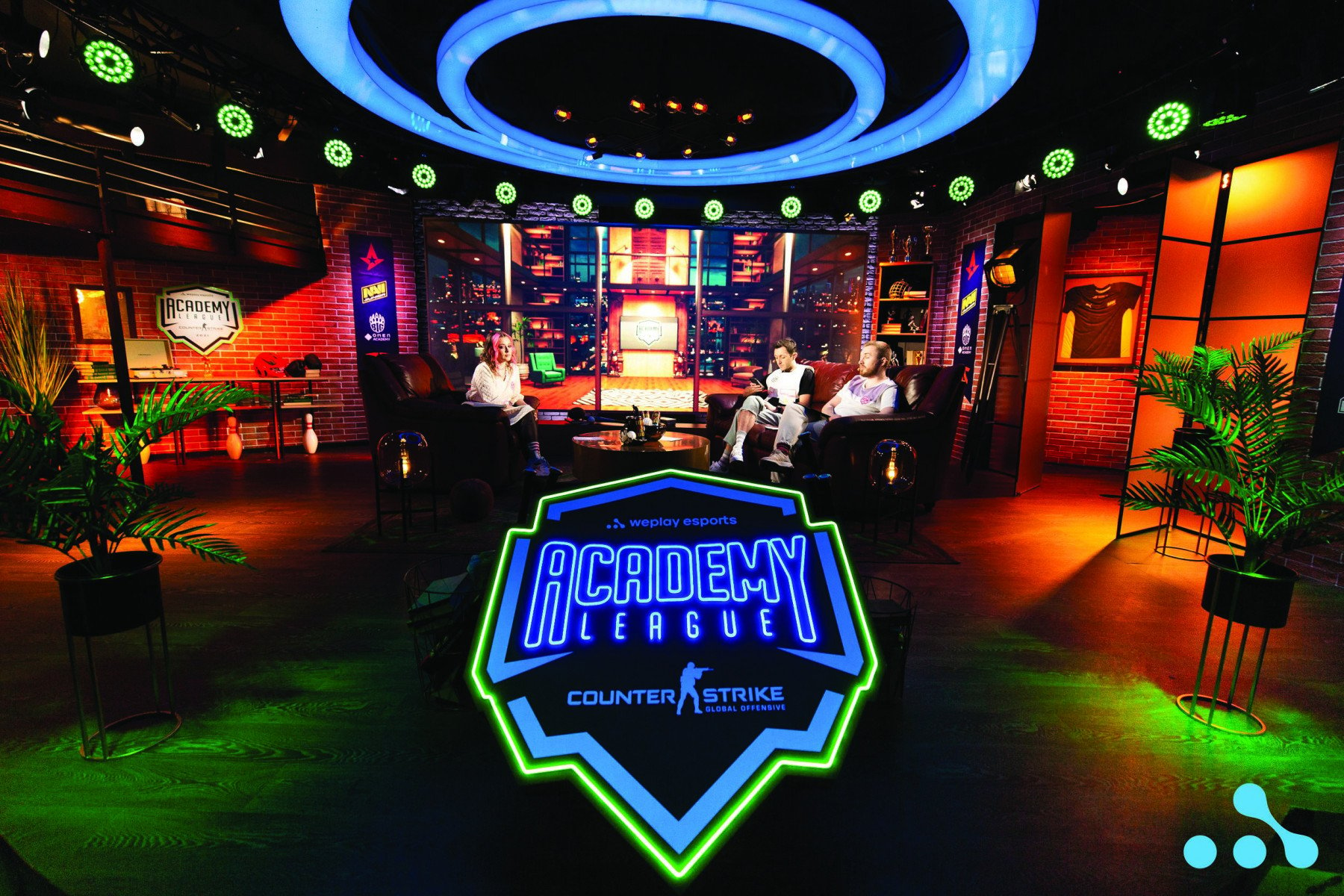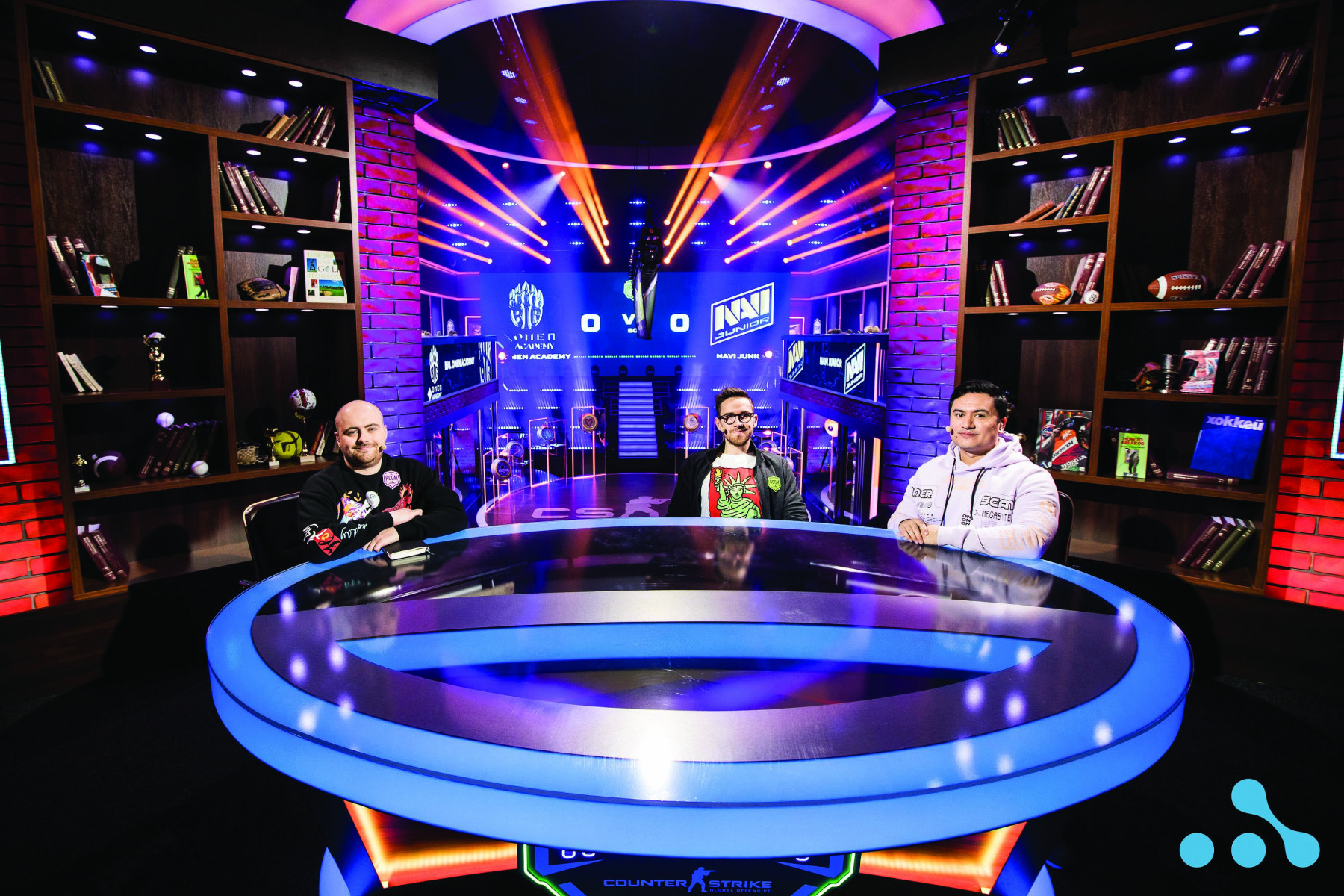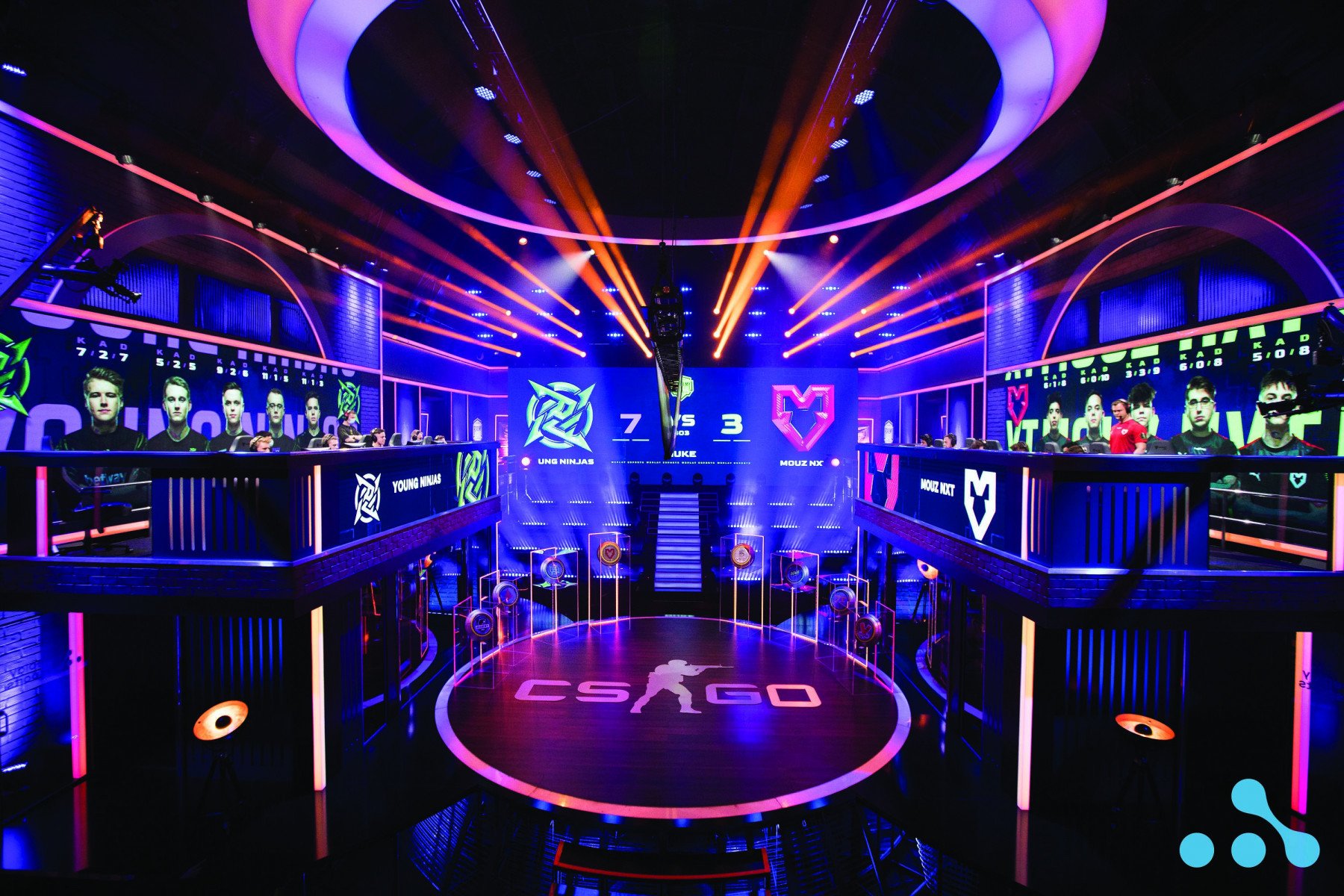
Last year was a busy period of growth for WePlay Esports. The company announced partnerships with the likes of Monster Energy and Parimatch, whilst also expanding into other titles — most notably Rocket League.
However, arguably WePlay’s biggest development occurred close to the company’s heart, somewhere between site A and site B: Counter-Strike. In July 2021, WePlay Esports launched its own dedicated CS:GO academy league, with the ultimate goal to ‘develop the next generation of players’.
In total, the company has hosted three seasons of the WePlay Academy League, each boasting a prize pool of $100,000 and featuring prominent academy teams, such as NAVI and NIP, within the scene.
Despite its infancy, the project’s seeds were actually planted back in 2019, WePlay Holding’s CEO Oleh Humeniuk told The Esports Journal. “The history of the WePlay Academy League starts with another one of our projects, WePlay! Forge of Masters — a CS:GO tournament for younger teams.”
WePlay! Forge of Masters lasted for only two seasons throughout 2019, however, the tournament series provided a small sample size of the possibilities for competitive academy esports in CS:GO. Though 2020 produced no similar WePlay project, the thought of an academy system remained on the company’s to-do list.
Eventually, these thoughts turned into plans that were soon set in motion.
“Several esports organisations approached us with a proposal to create such a project for junior squads,” Humeniuk said. “After a series of negotiations, agreeing on the list of participants, format, and dates, we realised that we were ready and announced the first season of the WePlay Academy League.”
The project’s first season included eight teams: Astralis Talent, BIG Academy, Fnatic Rising, FURIA Academy, MOUZ NXT, NAVI Junior, Young Ninjas and VP.Prodigy. Most of the organisations represented in the first season provided recommendations and advice on topics such as tournament format, scheduling and ‘other organisational issues’ to help shape the project.

RELATED: Dabbling in Dribble: How EVOS went from esports to basketball
Growth and Development
In terms of viewership, the inaugural series garnered a peak audience of 28,429. In season two, the figure almost doubled to 51,914 — showcasing the positive reception from an audience standpoint in developmental competitions.
Nevertheless, the goal of WePlay Academy League never seemed to be about viewership. Whilst these figures do benefit the project, Humeniuk mentioned that the CS:GO scene ultimately needed a structured academy competition with real stakes.
“Over the past few years, CS:GO has taken a huge step in its development. At the same time, the discipline began to experience a shortage of new players,” said Humeniuk. “Due to the high risks, Tier-one organisations are in no hurry to present players to the main squads and put them up for tournaments.
“Tournament regulators do not allow organisations to present multiple squads for a single tournament. Therefore, we keep seeing the same faces on stage while the newcomers stay behind the scenes.
“The academy system is giving confidence to the organisation, as well as the players. The young talents get the opportunity to show their strengths and abilities, as well as to get their first experience, which is sure to come in handy when they are already playing on the pro stage. The organisations get the chance to breed the next generation of their teams the way they see it.”
It’s important to note that developing a new academy system is no easy task — particularly when it’s for an established title with a competitive ecosystem in place. As such, the company’s CEO stated that forming the project took time and resources. “Big things take a lot of time. Our team learned this lesson a long time ago, but at the time of the project formation, this proved to be true once again,” he explained.
As the academy project continues to grow, and audience interest increases, more work needs to be put in as a result. According to Humeniuk, “this is methodical, painstaking work, but we are ready for that.”

The proof is in the pudding
When it comes to academy leagues — sport or esport — success is dictated by player progression. Whilst for some ecosystems it could take years to showcase development, WePlay Academy League already has a couple of success stories.
Two season WePlay Academy League veteran, Ilya ‘m0NESY’ Osipov, struck CS:GO headlines earlier this year, transferring from NAVI Junior to G2 Esports, a team that finished second at PGL Major Stockholm 2021. According to HLTV, the fee for the 16-year-old prodigy was reported to be upwards of $600,000.
Ádám ‘torzsi’ Torzsás won WePlay Academy League Season 2 with MOUZ NXT and subsequently joined the organisation’s main team for the upcoming season.
Humeniuk emphasised that Academy league’s give players the opportunity to reveal their potential, whilst also gaining valuable competitive experiences. This in turn bolsters CS:GO’s ecosystem. Young aspiring players gain opportunities to grow, whilst organisations are provided with a low-risk platform that fosters emerging talent.
It’s not just the players, but also organisations have identified these benefits. This year, WePlay Academy League announced its first expansion by adding two more organisations — Spirit Academy and Eternal Fire Academy — into the series. When asked about the league’s expansion, Humeniuk expressed the series’ desire to welcome more teams to the fold in future additions.
“From the outset, our team’s goal wasn’t to create a closed-doors project exclusively for a couple of organisations,” he said. “We strive to ensure that more rosters and novice players who want to become pros have a chance to show themselves on the stage of the WePlay Academy League.”

RELATED: Esports the Elder: The people and pensioners challenging competitive gaming stereotypes
What are WePlay Academy League’s next goals?
“To continue building momentum,” answered Humeniuk.
While those words may be simple to say, momentum is difficult to maintain. As such, targets are already being put in place to continue developing the WePlay Academy League.
The company’s CEO highlighted the potential of an academy project and the interest it brings, both for organisations and spectators. However, there are still hurdles to overcome. Not just in CS:GO but the esports sector as a whole.
Humeniuk commented: “Our goal now is to make the product more widespread, to show that esports is not an impenetrable industry, that there is a place for everyone who dreams of becoming a part of it and is ready to work towards it.
“We are talking not only about up-and-coming players but also about everyone who wants to further tie their career to the esports business.”
Whilst the WePlay Academy League has endured some immediate success, Humeniuk emphasised that the project is still very young. Seeing developmental and academy competitions rise in prominence highlights the want to develop more esports talent, and also the need to develop greater ecosystems for long-term growth.
For the most part, League of Legends’ European Regional League system has been lauded as a great development project for players. Now other esports are creating similar initiatives, with WePlay Esports being one of the standard-bearers for CS:GO’s evolution.
This article first appeared in The Esports Journal Edition 10 (page 26). Read the rest of Edition 10 for free using the embed below, or at theesportsjournal.news

